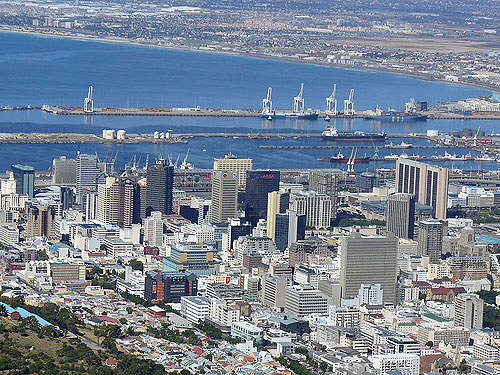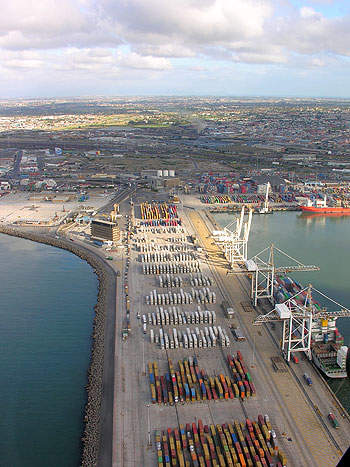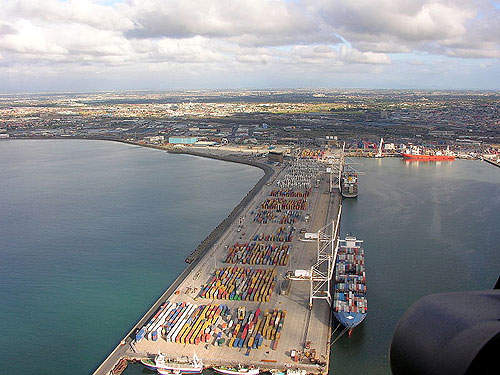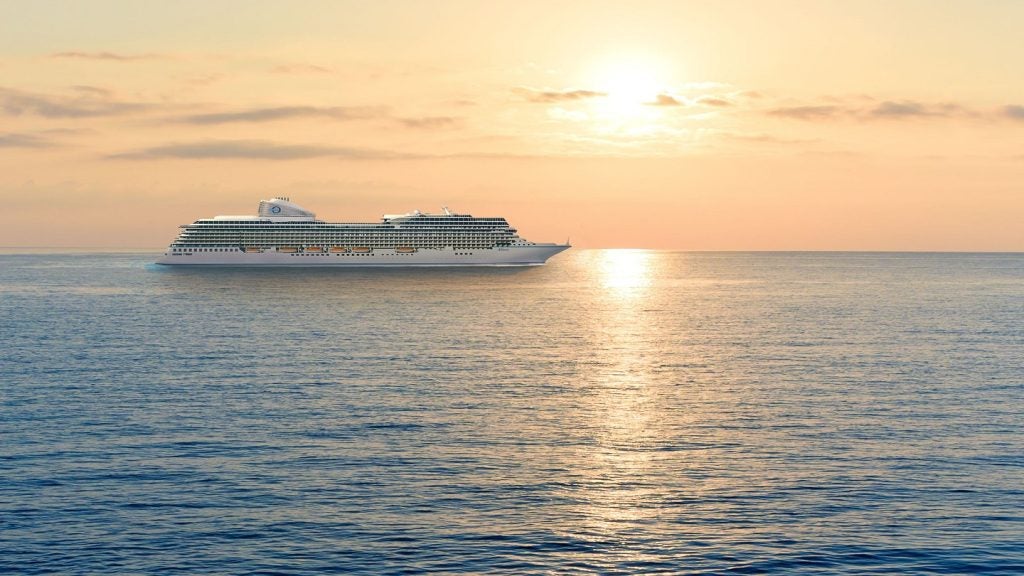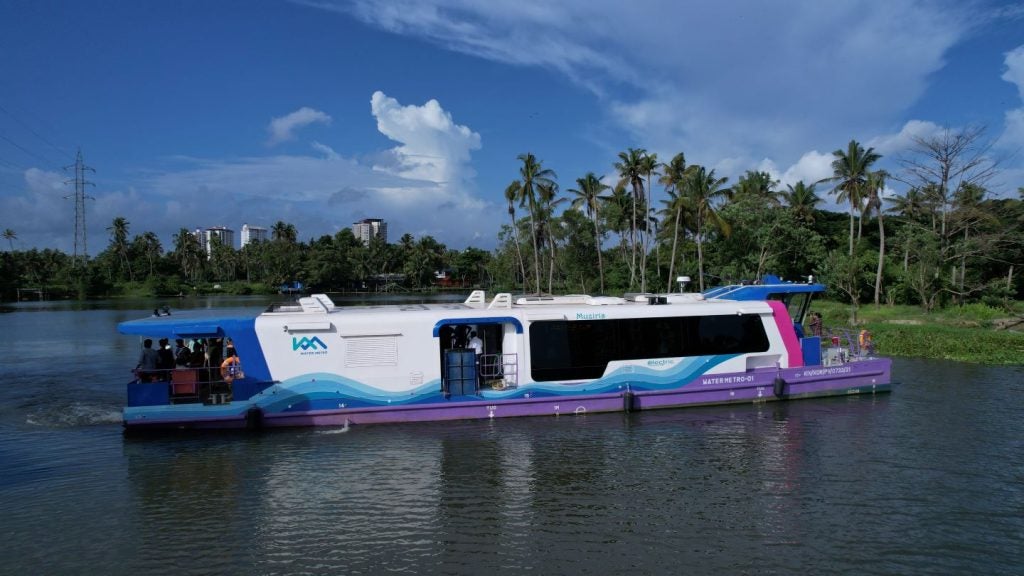The Port of Cape Town is one of the busiest ports in South Africa. It is also the second largest container facility in the country, the first being the Port of Durban.
The Port of Cape Town is located in Table Bay, which is situated at the northern end of the Cape Peninsula. The facility is approximately 120 nautical miles north-west of Cape Agulhas.
Cape Town’s port enjoys strategic and economic importance due to its location on the South Atlantic route, one of the world’s busiest trade routes. It handles the largest amount of fresh fruit, petroleum products, chemicals, fertiliser, iron, steel, barley, maize and wheat are the other major breakbulk commodities handled.
Transnet National Ports Authority (TNPA), a government corporation of South Africa, is responsible for the management and control of the port’s facilities. The port was officially founded in April 1652 and container terminals were established in 1975.
Port design
The Port of Cape Town has two major docks and a total of 34 berths. Ben Schoeman Dock is the larger outer dock and houses the container terminal. Duncan Dock is the inner dock. Apart from the multipurpose and fruit terminals, the port contains a dry dock, repair quay and tanker basin.
The depth of the entrance channel to Duncan Dock is 15.4m and width is 180m, while the entrance to Ben Schoeman Dock is 14m deep. The water depth within Ben Schoeman Dock varies between 9m and 13.9m.
In Duncan Dock, the depth is 12.4m at the tanker basin and 9.9m near the repair quay.
Construction of the Port of Cape Town
The Cape Town Container Terminal (CTCT) is being expanded to berth larger vessels. The R5.4bn ($780m) project aims to transform the port into a regional shipping hub. When completed in 2012, the capacity of the terminal will increase twofold.
Design work began in December 2007 and the project broke ground in January 2008. ZAA was subcontracted by the WBHO – Stefanutti Stocks Marine joint venture to furnish an alternative design for the extension to berths 601, 602, 603 and 604.
In November 2009, Agence Francaise de Developpement agreed to grant the project, a credit facility of $285m over 15 years.
Port facilities
The Port of Cape Town has a total of 34 berths including lay-by berths and ship repair facilities. Sturrock Dry Dock is the main dry dock and can dock vessels with a maximum length of 369.6m, width of 45.1m and draft of 14m. Robinson Dry Dock has an overall docking length of 161.2m and depth of 7.9m.
The CTCT has six deepsea berths, with a ground slot capacity of 5,250 slots and 1,500 reefer points. Commodities such as fruit, fish, maize, wheat, paper, steel, cement, scrap metal, coal, timber, vehicles and other general cargo are handled by the Multipurpose Terminal located in Duncan Dock.
The Victoria and Alfred Basins have facilities available for ship and boat repairs. Berthing facilities for smaller vessels as well as cruise ships are also available. The oil terminal handles bulk petroleum products.
The grain-handling elevator provides space for storing 28,000 square metres . Cold storage facilities are available for fruit, fish and meat and other perishable products. In addition, a dedicated cold store for fish products is available at Duncan Dock.
The port has several bunkering points to supply marine fuel oil, gas oil and blends. The bunker barge services are provided by a private bunker operator.
The port has a workboat, two twin-screw pilot boats, four launches and an anti-pollution boat.
Equipment
Cape Town’s port is equipped with a heavy lift floating crane of 200t safe working load and has a synchrolift that can handle vessels up to 61m long, 15m beam and 1,806t weight. The container terminal has a fleet of post-panamax gantry cranes.
Security
TNPA and the South African Maritime Safety Authority works in close cooperation to make sure that all all vessels within the port are properly surveyed and have the correct certification.
SAMSA has the authority to levy fines, make arrests and prevent a ship from sailing if found unseaworthy.
The port is International Ship and Port Security-compliant. Ships arriving and departing the port are identified using a Vessel Traffic System.

